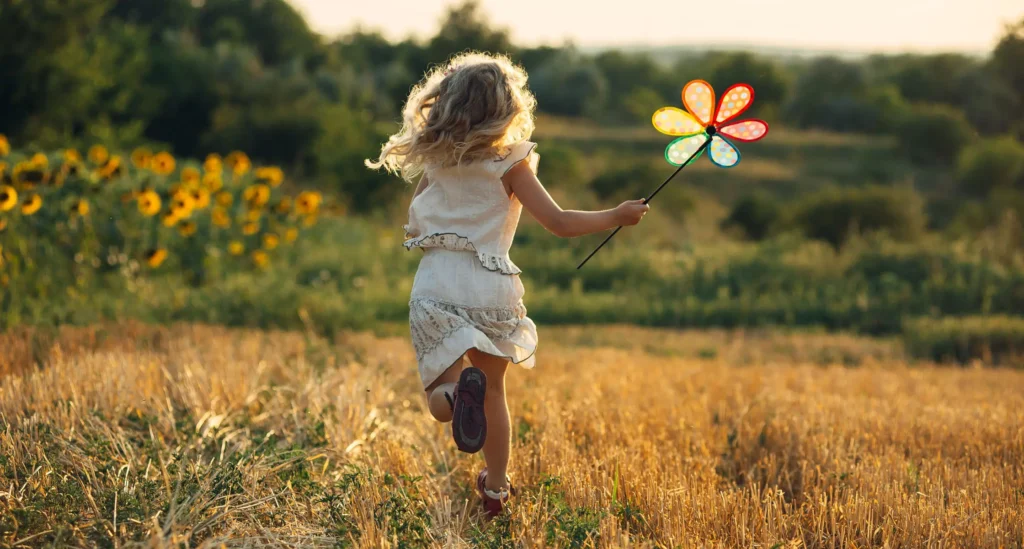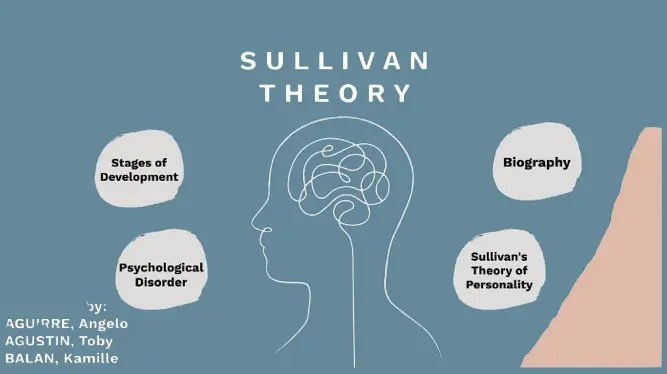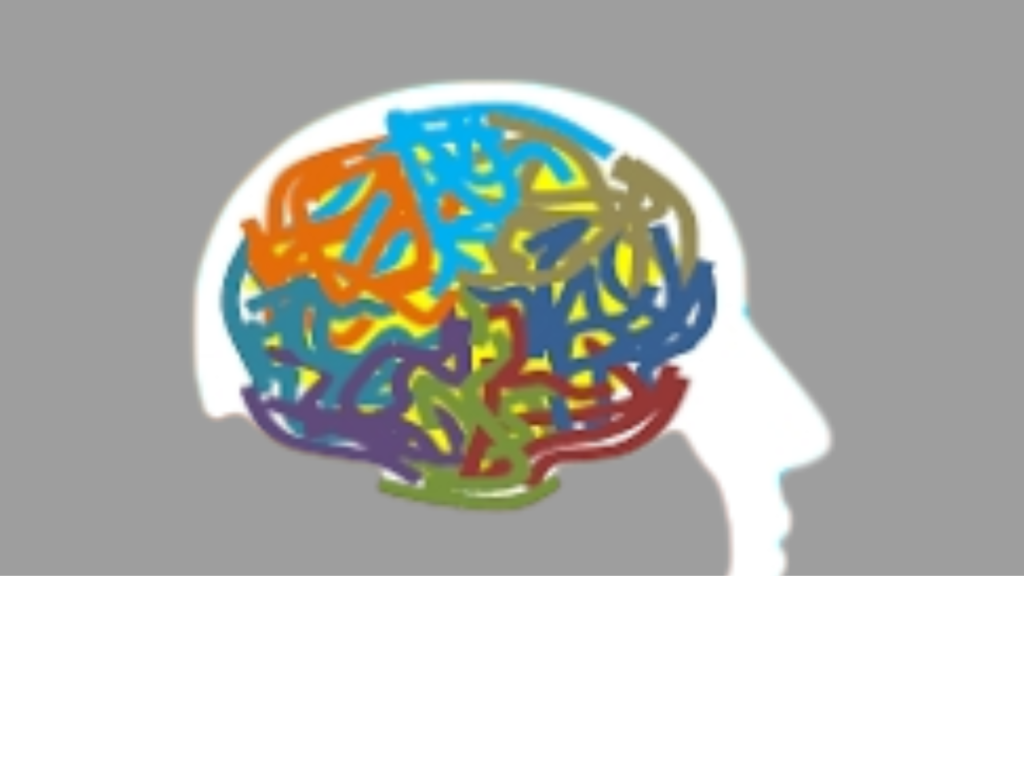Introduction
A recent global survey by The Lancet found that over 59% of young people experience anxiety about climate change, even if they don’t live in regions directly impacted by extreme weather events like wildfires, floods, or droughts. This growing psychological concern is called eco-anxiety, and it’s not limited to people on the front lines of the climate crisis.

Eco-anxiety in non-climate-affected regions is an often-overlooked issue affecting millions. People—especially teens and young adults—experience intense fear, helplessness, and emotional fatigue from witnessing environmental degradation, despite living in areas that seem “safe.” Social media, global news, and education expose them to the scale of the crisis, even if their local environment remains unchanged.
This article dives into what eco-anxiety is, why it disproportionately affects people in seemingly “unaffected” areas, and how individuals, parents, and communities can address this silent but growing mental health challenge.
What Is Eco-Anxiety?
Eco-anxiety is defined as a chronic fear of environmental doom, often accompanied by feelings of powerlessness, guilt, or sadness about climate change and environmental destruction. The term was first popularized by psychologists and climate experts who noticed a rising wave of emotional distress linked to environmental awareness.

Unlike general anxiety, which might stem from personal relationships or work stress, eco-anxiety is collective and existential. It’s rooted in overwhelming concerns about the planet’s future, the wellbeing of future generations, and the seeming inaction of global leaders.
Common eco-anxiety symptoms include:
- Sleep disturbances
- Difficulty concentrating
- Emotional numbness or guilt
- Constant worry about the environment
- Feelings of helplessness or despair
It’s not classified as a medical disorder, but its psychological effects are very real, particularly in youth who are more connected and more informed than ever.
Why It Affects People Outside Climate-Impacted Zones
At first glance, it may seem strange that someone living in a stable, temperate region—free from fires, floods, or food shortages—would suffer from climate-related anxiety. However, the digital age has blurred the boundaries of proximity. Thanks to 24/7 news cycles, global social media platforms, and instant access to environmental documentaries, people now witness planetary suffering in real-time.
For many, the awareness of being climate-privileged creates a complex emotional mix of guilt and helplessness. They are aware of their relatively safe living conditions, but this doesn’t prevent them from feeling empathy or responsibility.
Young people, in particular, are deeply affected. In schools, environmental topics are increasingly part of the curriculum, often discussed in terms of urgent crises and irreversible tipping points. Online platforms amplify distress through constant exposure to climate content—much of it emotionally charged or alarmist.
This emotional load is made worse by a lack of perceived control. Many individuals feel they can’t make a difference and are left with a sense of environmental grief for a world they fear will be lost, even if their current surroundings remain intact.
The Mental Health Toll: Case Studies and Data
Studies confirm that eco-anxiety is not limited to those experiencing environmental disasters firsthand.
A 2021 study published in Nature found that 45% of young people across 10 countries reported that climate anxiety affected their daily lives. Interestingly, some of the most emotionally affected individuals came from regions not experiencing climate catastrophes.
Take the case of 17-year-old Mira from Sweden, a country known for its environmental resilience and green spaces. Mira reports frequent panic attacks, nightmares about wildfires, and overwhelming guilt about using plastic. “I know my town is safe for now,” she says, “but I feel like I’m living on borrowed time, and no one is doing enough.”
Psychologists describe this phenomenon as a kind of “empathetic trauma”—a deep emotional response triggered by the suffering of others, even when there is no immediate personal threat.
Dr. Renée Lertzman, a leading expert on climate psychology, explains:
“We’re wired for connection. When we see environmental damage, even through a screen, it impacts our nervous system. It’s a normal human response to abnormal global conditions.”
Misconceptions About Eco-Anxiety
A common myth is that eco-anxiety is “overblown” or only affects activist youth or people directly impacted by climate events. In reality, it is increasingly prevalent among:
- Middle-aged adults with children
- Urban professionals
- Educated individuals with high environmental awareness
- Teens and college students in developed countries
Another misconception is that eco-anxiety is simply sadness about the environment. In truth, it’s a multi-layered psychological experience—involving stress, guilt, disillusionment, and existential fear.
Ignoring or minimizing eco-anxiety—especially in non-climate-affected areas—can lead to emotional burnout, disengagement, or apathy, further worsening the mental health impact.
Coping Mechanisms and Mental Health Strategies
Eco-anxiety is not something to “fix” but something to acknowledge and manage. Here are effective, science-backed strategies to support mental health:
🧘 1. Mindfulness & Grounding Techniques
- Daily breathing exercises or meditation help calm the nervous system
- Nature walks, gardening, or journaling create connection and emotional relief
2. Talk About It
- Speak with others who share your feelings
- Join local or online climate support groups
🧠 3. Limit Doomscrolling
- Set boundaries with news and social media
- Follow science-based, solutions-focused accounts for a healthier information diet
4. Take Action, However Small
- Volunteer for local environmental causes
- Reduce carbon footprint through lifestyle choices like plant-based eating or biking
5. Therapy and Professional Support
- Therapists specializing in eco-anxiety or climate trauma can provide relief
- Cognitive behavioral therapy (CBT) has shown promise in reducing stress related to global threats
Top 5 Apps to Help Cope with Eco-Anxiety:
- MindShift CBT – Anxiety management tools
- Earth Hero – Sustainable living challenges
- Insight Timer – Free meditations on climate grief
- MyClimateAction – Track and improve eco habits
- Climate Cafés – Community-based support networks
What Parents, Teachers & Communities Can Do
Young people are especially vulnerable to eco-anxiety. Adults in their lives play a critical role in how these feelings are processed and internalized.
For Parents:
- Validate your child’s fears instead of dismissing them
- Encourage open dialogue and empower action through small changes
- Read together age-appropriate books that discuss climate in hopeful tones
For Teachers:
- Focus on solutions-based education
- Host classroom projects around local sustainability efforts
- Create space for discussion and emotional processing of environmental topics
For Communities:
- Offer safe spaces like climate cafés or local workshops
- Partner with local environmental organizations for volunteer days
- Share success stories to inspire hope and agency
Supporting mental health isn’t just about soothing feelings—it’s about helping people build resilience, community, and purpose in the face of global uncertainty.
The Role of Media & Responsible Communication
Media has an outsized role in shaping how people feel about climate change. While raising awareness is essential, fear-based messaging can backfire, leading to paralysis or emotional numbness.
Journalists and influencers should aim to:
- Balance urgency with optimism
- Highlight community-based solutions and green innovations
- Avoid apocalyptic headlines that suggest hopelessness
The tone we use matters. Hope is not the opposite of truth—it is the fuel for action.
Conclusion
Eco-anxiety in non-climate-affected regions is real, rising, and deeply human. It stems not from weakness but from awareness, empathy, and a longing for a better future. While it’s easy to dismiss these feelings as “first-world problems,” doing so only isolates those who care enough to worry—even from a distance.
Mental health and climate change are now deeply intertwined. By addressing eco-anxiety with compassion, structure, and support, we empower individuals not just to cope—but to thrive, connect, and lead the very change they hope to see.



